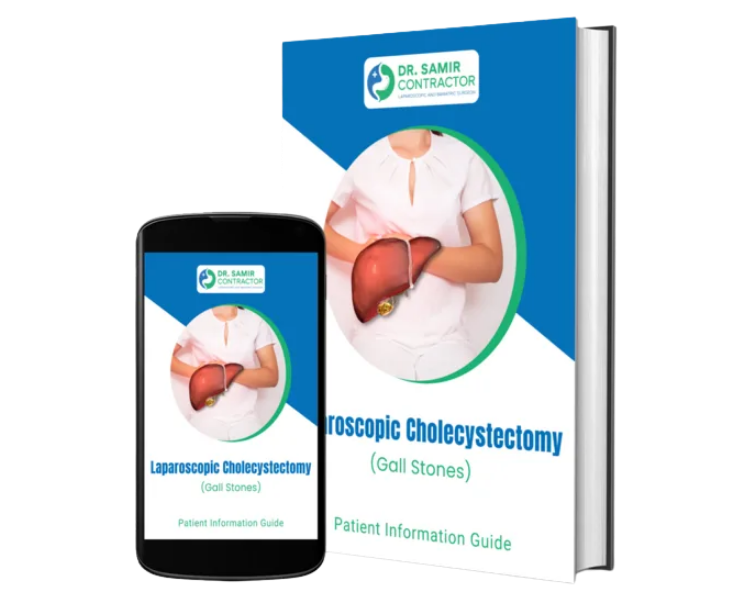 Book Appointment
Book Appointment
A ventral hernia is a condition where tissue or part of the intestine pushes through a weak spot in the abdominal wall, creating a visible bulge. Many patients experience discomfort, pain, or cosmetic concerns due to ventral hernias, especially after previous abdominal surgeries. While some hernias may appear small and harmless at first, they can gradually enlarge and lead to serious complications if left untreated. Traditionally, ventral hernias were repaired with open surgery, which involved large incisions, longer hospital stays, and extended recovery times. Today, laparoscopic ventral hernia surgery offers a safe, minimally invasive, and highly effective alternative. With smaller incisions, less pain, faster recovery, and excellent long-term outcomes, this modern surgical technique has transformed hernia care.
At our practice, we combine over 25 years of surgical expertise, 8,000+ successful laparoscopic surgeries, and advanced technology to deliver world-class hernia treatment with a patient-first approach.
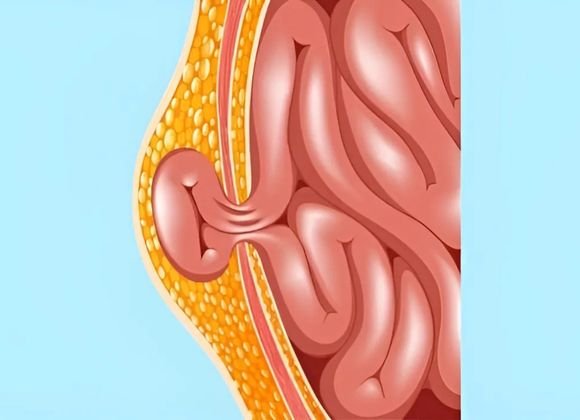
A ventral hernia refers to any hernia that occurs in the abdominal wall. Common types include:
Hernias occur when abdominal muscles weaken, allowing internal tissues to protrude.
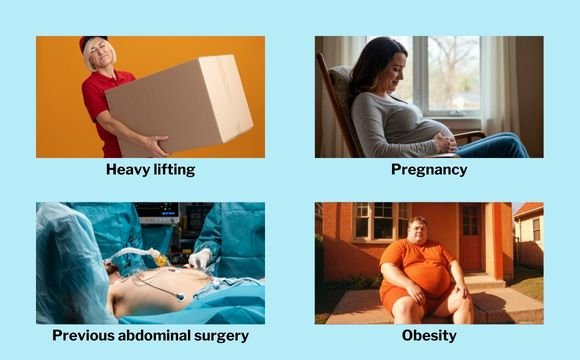
Unlike some other conditions, ventral hernias do not heal on their own. Without treatment, they often increase in size and can lead to complications such as:
For this reason, surgical repair is the only definitive treatment.
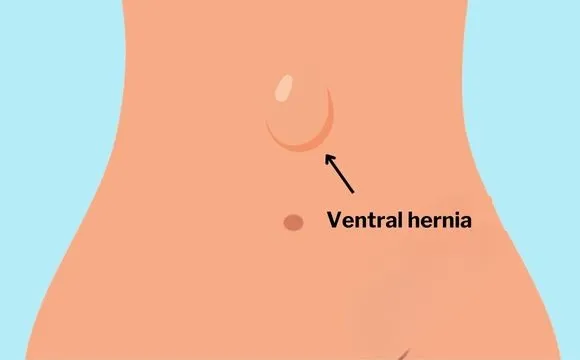
Patients may notice:
Laparoscopic surgery is a minimally invasive approach where the surgeon uses a laparoscope (tiny camera) and specialized instruments inserted through small incisions. Instead of a large cut, the procedure is performed with 3–4 keyhole-sized incisions.
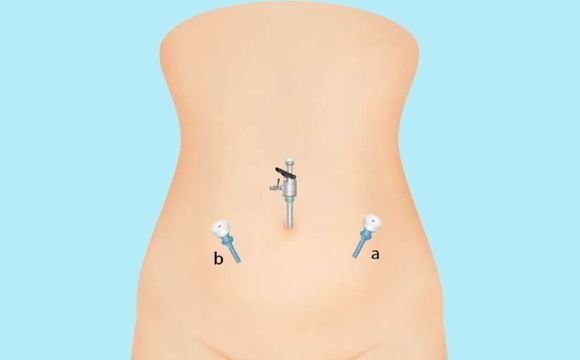
Certain complex or giant hernias may still require open repair, but in most cases, laparoscopic surgery is the preferred option.
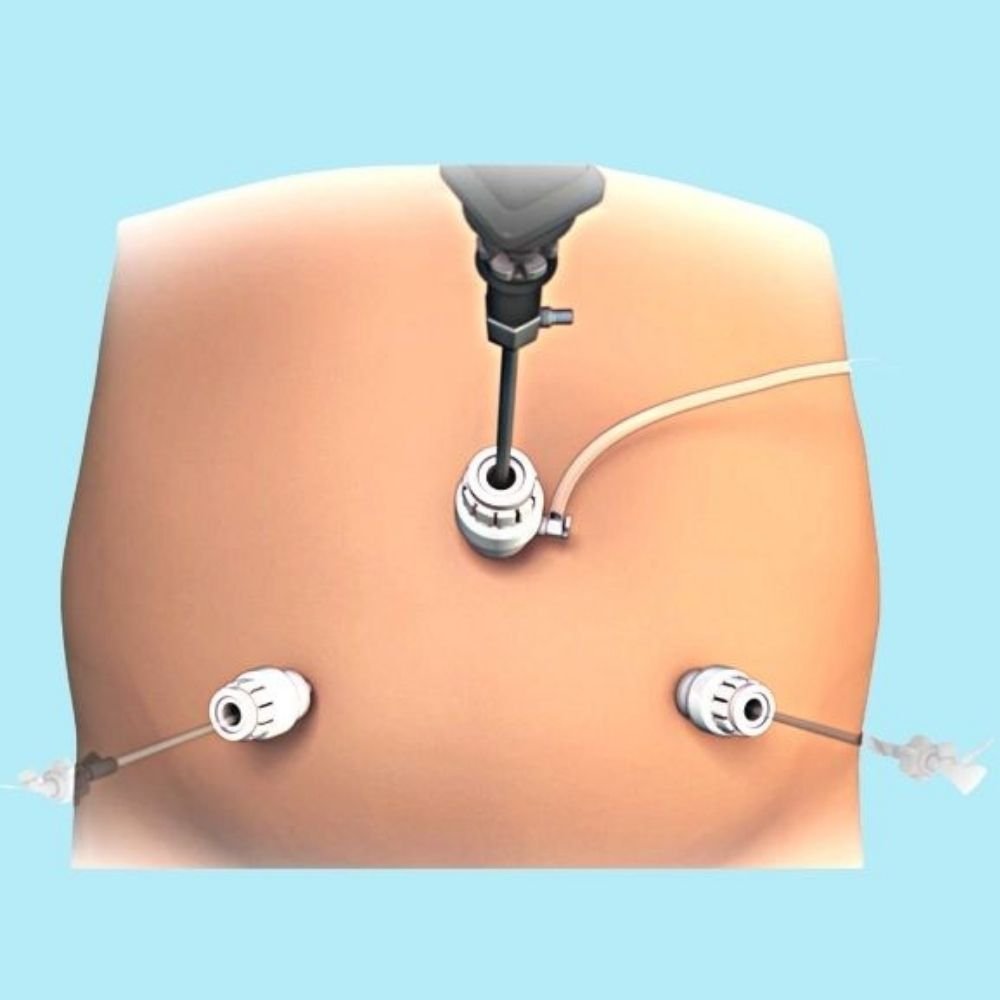
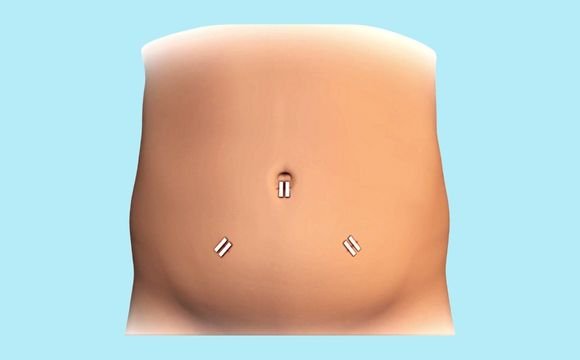
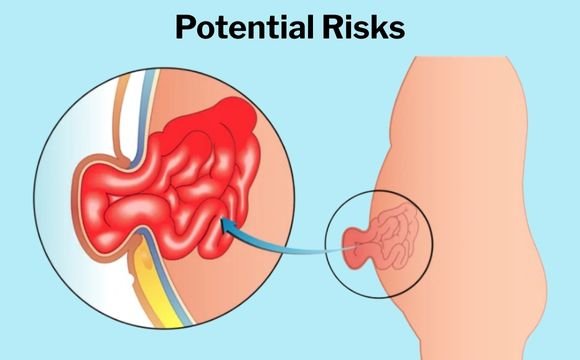
Laparoscopic ventral hernia surgery is very safe, but like any operation, it carries some risks:
With experienced surgeons and advanced technology, the risk is minimized.
